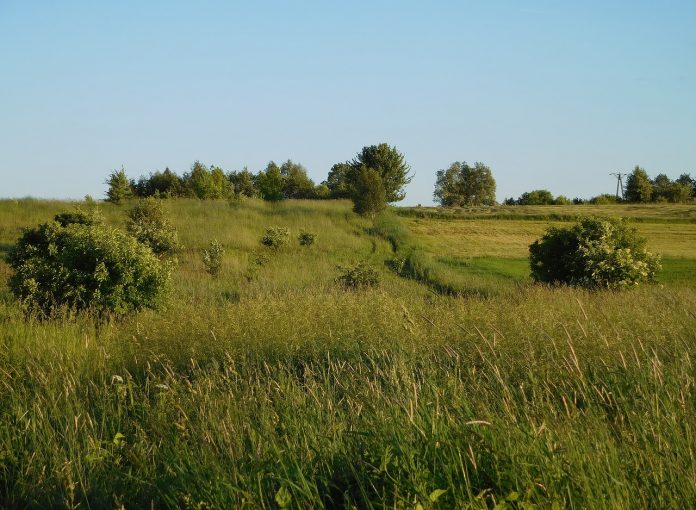Hello again!
Well, the weather last week was actually pretty close to what they predicted. Good job weather forecasters.
I had some time to reflect on the beauty of the morning during my very slow morning commute. I decided to sit back and enjoy the beautiful farm ground that I drive by each day and the very beautiful red sky.
Even though I know what a red sky in the morning really means — precipitation. I know we have some moisture on the way, but thankfully most of the snow is gone.
As I looked at the fields that I pass each day, I know that crop ground will soon be planted in nice straight rows, just waiting for the rain and the sunshine to finish the job that the farmer started.
Soon the fields will be colorful and full of life.
Conservation
Sometimes fields, or areas of fields, can look abandoned and grown up, but in reality there may be a Conservation Reserve Contract (CRP) on that area of ground.
CRP contracts are not only in place to minimize soil erosion and improve water quality, they are also there to benefit wildlife. So next time you see a field that is not the most pleasing to the eye, remember that small birds and wildlife thrive in these types of environments.
Here are some quick reminders, if you have a CRP contract, on maintaining the ground to maximize benefits.
Grass management
In the past, aesthetic mowing of CRP grass cover was a widely accepted practice. With more research and understanding, it has been shown that properly managed grass cover will reduce soil erosion, improve water quality, and is more beneficial to wildlife than annually mowed grass covers.
Wildlife, especially grassland birds, including pheasants and quail, and pollinators, such as bees and butterflies, view properly managed CRP cover as a source of food and habitat suitable to raise their young.
Wildlife will not be attracted to CRP cover if plants are not allowed to mature. Game birds and bees are disappearing because of habitat loss.
Weeds
Properly managed grass cover does not include noxious weeds such as thistle and teasel or woody species like trees and multiflora rose. These must be controlled.
This can be done in several ways. Mowing of CRP cover, not to exceed 20 percent of the total CRP acres in a field, is permitted.
This activity must be included in your conservation plan and be conducted outside of Ohio’s primary nesting season (March 1- July 15). The location of mowing should be changed from year to year.
Another option to control noxious weeds is by spot mowing affected areas or spot spraying of an approved herbicide. These treatments will have a minimal effect on the CRP ground cover.
Unauthorized disturbance of CRP cover is considered a violation of the CRP contract and could result in hefty penalties including contract termination and refund of all contract related payments.
Scout the land
Properly maintained CRP cover can be very attractive if noxious weeds and invasive species are controlled and grasses and wildflowers are allowed to mature. Please scout your CRP fields before weeds go to seed.
Contact your local FSA office for permission to spot treat your CRP grass cover during Ohio’s primary nesting season.
Plan to have your CRP cover assessed for mid-contract management activities that are designed to enhance your CRP cover for wildlife.
Contact an FSA office for more information on proper maintenance and management of CRP land.
See you next week,
FSA Andy













